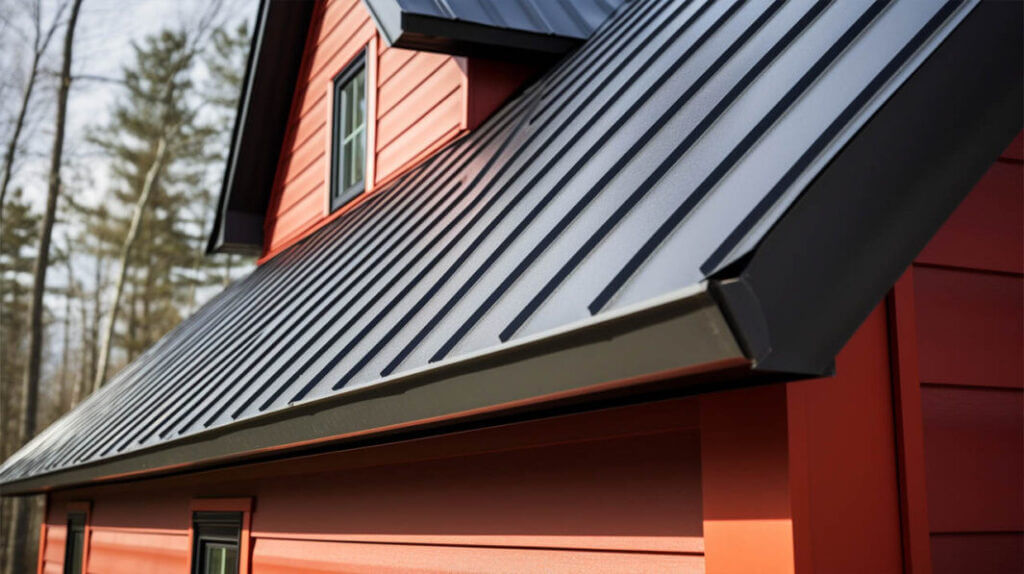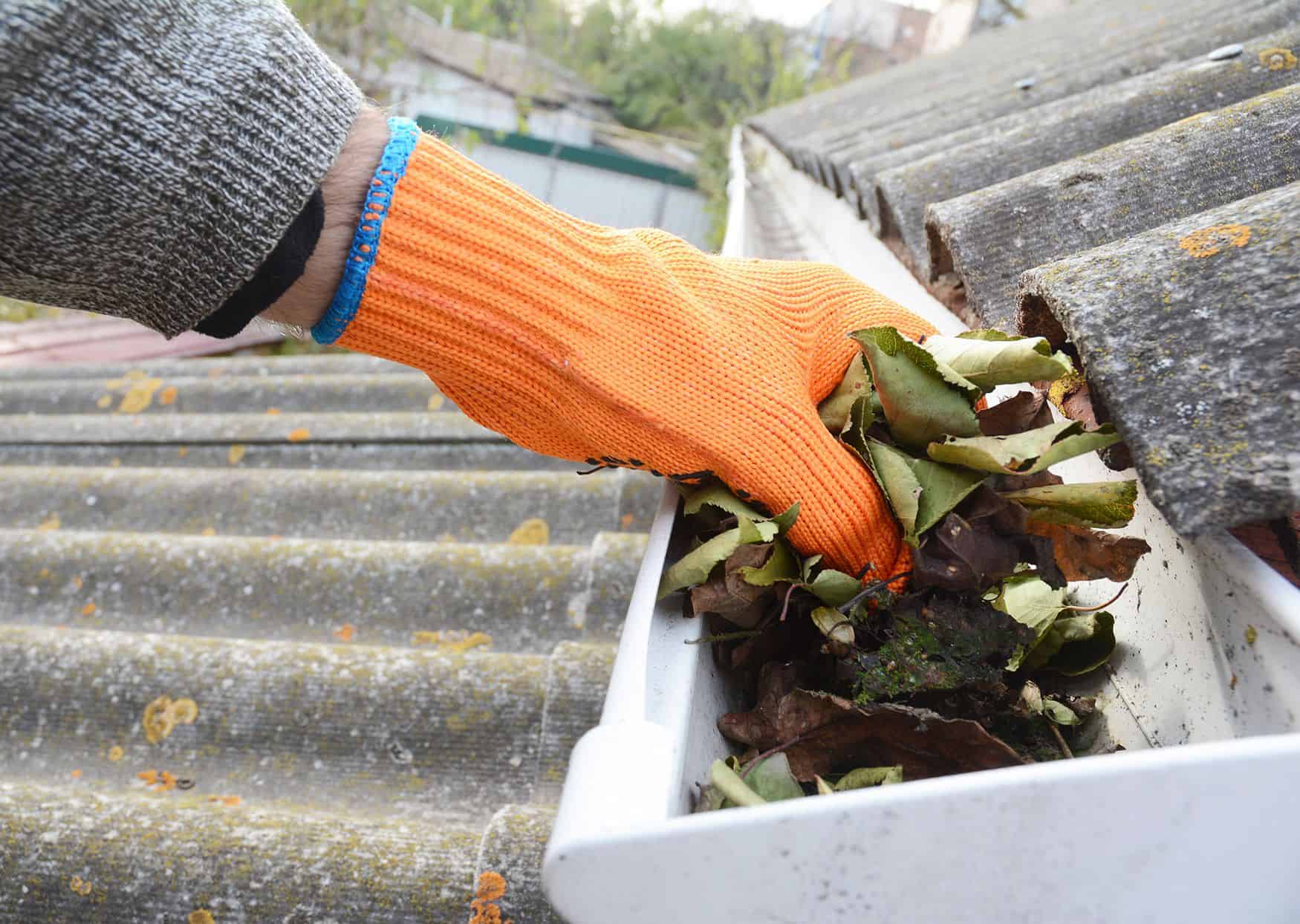
The gutters on your home need to sit just right to catch the water that comes off of your roof and redirect it correctly down the downspouts. Otherwise, you’ll end up with rotten fascia boards and extensive and expensive repairs.
The gutters should rest behind the drip edge, which works with them to direct rainwater away from your house. The gutters should also slope down the center toward a downspout or down each end for long gutter runs.
Measurement
In order for your gutters to do their job, they need to be positioned just right. If they are too far forward, water will slip behind them, soaking the fascia boards and sidings. It can also damage the gutter itself if it isn’t galvanized steel. To prevent these problems, it’s important to know how to measure gutters properly before installing them.
Begin by measuring the length of your gutter with a tape measure or using your phone’s note-taking app. Make sure to mark the measurements clearly. If you’re working with a ladder, practice proper safety and wear work gloves and goggles.
Once you’ve marked the measurements, use tin snips or a hacksaw to cut the gutter sections to size. If your gutter is longer than the length of one fascia board, be sure to overlap each end by at least 1-2 inches. This will ensure a secure and watertight seal.
Once the gutters are cut to size, slide them into their gutter brackets. Be sure to space them properly depending on your climate. If you live somewhere with heavy rains, gutter hangers should be closer together than if you lived in a dry area. This will help keep the gutters from sagging over time and prevent them from overflowing. Ideally, gutters should sit a few inches past your roof shingles. This allows them to catch the rain and direct it correctly down the downspouts.
Visual Inspection
When a gutter is not installed correctly, it can lead to sagging and water leaks. These problems can be difficult and expensive to fix. A professional gutter installation company will follow all of the necessary steps to ensure a proper installation. This includes installing the drip edge and properly connecting the gutter sections.
Drip edges are important because they protect the fascia board from damage. Without them, rain can run around the shingles and down the fascia. This can cause the paint to peel and even rot the fascia. The drip edge prevents this from happening by protecting the fascia board from water and directing the water to the gutter.
Another benefit of the drip edge is that it can help keep the gutters in place. It is common for DIY gutter installers to leave a gap between the roof and the gutter. This can lead to spills and water infiltration into the house. The gap can also be a breeding ground for bugs and other pests.
A good drip edge is made of a durable plastic or metal material such as aluminum, galvanized steel, or copper. The metal material is preferred because it does not rust and can withstand strong winds. In addition, it is available in a variety of colors to match the color of the home.
Slope Calculation
There are standard rules about gutter slope that a contractor must follow to ensure proper drainage. The goal is to have water flow at a steady pace toward the downspouts, so it doesn’t overflow or pool in the gutter. Without the right slope, a gutter can overflow and spill water onto the roof or siding of the home, which may cause paint damage or even wood rot.
A good rule of thumb is that the gutter should be sloped about 1/4 inch per 10 feet, though it may need to be adjusted for specific homes and roofs. The gutter should also be positioned at least three-fourths of the way past the roof’s shingles. This prevents standing water and allows the gutter to handle more rainfall.
Gutter slope is important because it helps water drain properly away from the house and prevents the accumulation of old, stagnant water that can lead to clogs and spillover. The right amount of sloping also prevents ice dams in winter.
If your gutters aren’t correctly pitched, it can be difficult to determine whether the problem is simply a lack of rain or if the gutters need to be re-pitched. If you can’t find a clear explanation for the problem, it may be best to contact a professional for inspection and installation services.
Downspouts
When gutter downspouts are properly installed and positioned, they ensure that rainwater will be redirected away from the foundation of your home. This prevents water damage to the walls, basement, and roofing.
Gutter downspouts are vertical pipes that direct rainwater from a roof’s gutter system to the ground, preventing water damage to the foundation and landscaping. Ideally, the downspout should be positioned at least six inches from the bottom of the gutter. This will prevent clogging and keep water flowing.
To ensure that the downspout is positioned correctly, you should use a tape measure to mark the location of the downspout on your gutter sections. If you have a large gutter system, it’s a good idea to install one downspout for every 30 to 40 feet of gutter length.
To keep your gutter system functioning correctly, you need to regularly clean it out and check the downspouts for clogs. Fortunately, this isn’t a difficult task and can be done in a few easy steps. However, it’s important to remember that when you’re cleaning your gutters, you should always wear safety glasses and follow ladder safety guidelines. Falling off a ladder is a common cause of injuries when performing home improvement projects. If you’re not comfortable working on a ladder, you can hire a professional to clean your gutters for you.






























